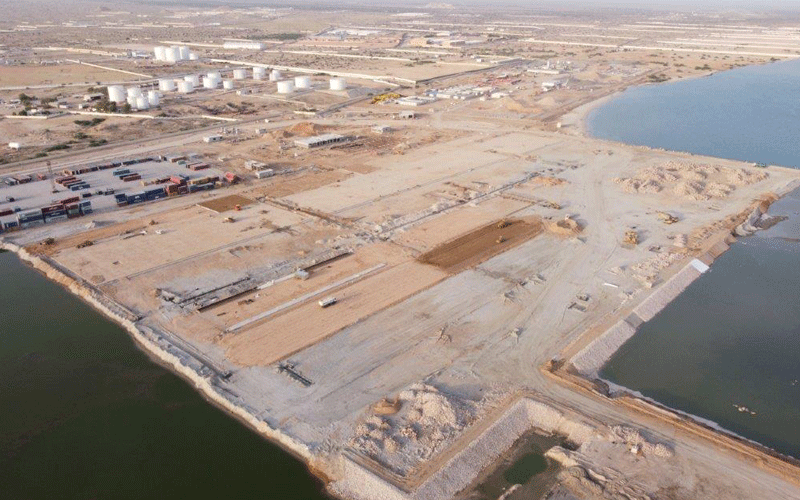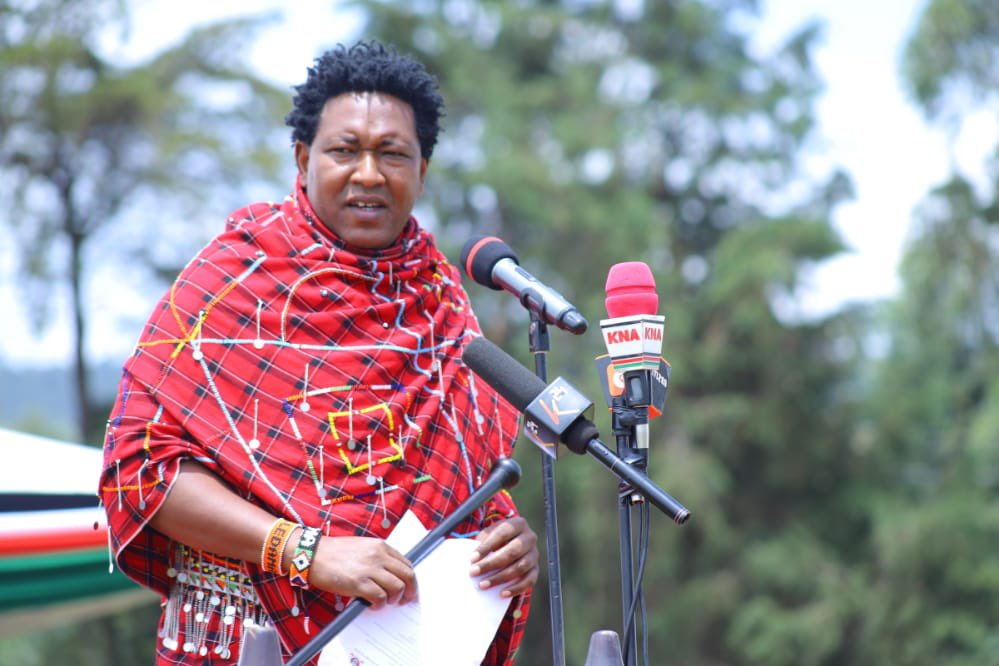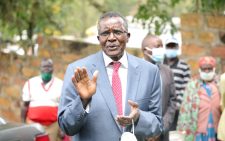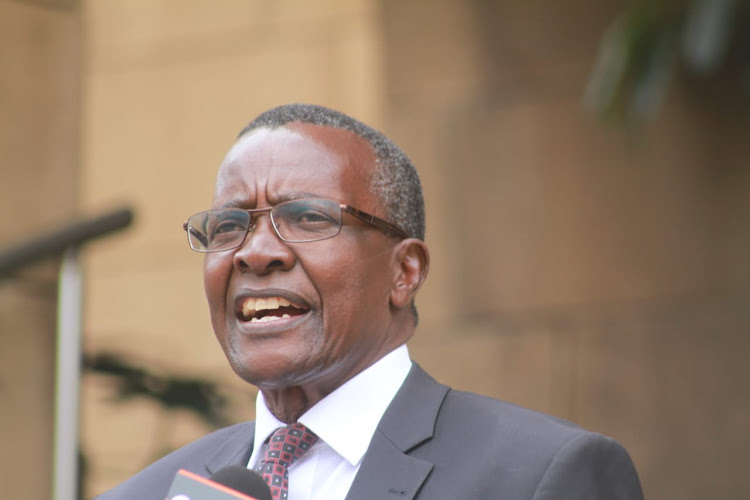The perpetrators of Las Anod conflict must be put to account

For over four month now, there has been multi-faceted conflict at Las Anod (Laascaanood), a city in the Northern region of Somalia. The now actively armed conflict involves the forces from the breakaway administration of Somaliland and the locals who are merely defending their city from what they rightly deem an invasion.
In the last three months the fighting extended its tentacles, engulfing the Sol, Sanag and Ceyn (SSC) region. The region is a disputed area: the vast majority of the locals were always of the opinion that they want to be part of Somalia while the Hargeisa administration claim it falls under its “territory.” The SSC region wants to curve a political and geographical niche of its own called “Khatumo State.”
Somaliland is an area in Northwestern Somalia. It declared its independence from Somalia in 1991. However, it has not been formally recognized by any country. The main protagonists in the conflict are mainly the Dhulbahante clan. The clan—known and vastly recorded as the the group that the led anti-British colony—lives in the regions of Sool, Sanaag as well as the district of Buuhoodle in the Togdheer region, all of which are disputed between Somaliland and Puntland.
Las Anod is the political and economic capital of the Dhulbante-inhabited areas. Somaliland claims the borders of the old British Somaliland protectorate which merged with what was known as Italian Somaliland in the 1960s to form Somalia.
Before 2007, Las Anod was under the administration of Puntland.
The current upheaval in Las Anod began on December 26 when a local opposition politician, Abdifatah Abdullahi Abdi, was assassinated by unknown attackers, sparking anti-government protests across the city.
Days later, several footages surfaced on social media showing Somaliland’s security forces indiscriminately firing at demonstrators. Local reports say as many as 20 people were killed during the first week of initial protests in December. Since the conflict begun, the assassination of the Dhulbahante political figures has suddenly stopped. However, prior to the all-out conflict, assassination cases were rampant and commonplace.
Following continued anger and widespread protests about the killings, Somaliland authorities withdrew their security forces from Las Anod. This paved the way for prominent Dhulbahante personalities including clan elders to enter the city. The elders held a consultative meeting from 28 January to 5 February. On the last day of the meeting, the delegates issued a declaration that they are not part of Somaliland’s administration. Over the years, the Dhulbahante have expressed grievances against the Somaliland authorities including allegations of targeted assassinations. They have also accused Somaliland of marginalizing them and subjecting their region to what they term as “economic embargo”.
According to an April 20 report by the Amnesty International and others, between 154,000 to 203,000 people were displaced to neighbouring towns and villages, while some crossed the border to Ethiopia. They are now in need of urgent humanitarian assistance. Those worst affected are women, children, and older people.
Among the civilians killed were women, children, older people with health conditions, and healthcare workers. They were mostly killed during indiscriminate attacks involving rockets, mortars, and other explosive weapons with wide area effects, which should never be used in populated areas. In dense urban settings, many unguided explosive weapons, such as the inherently inaccurate 107mm rockets, are too imprecise to distinguish between military objectives, civilians, and civilian objects. Their use in such circumstances violates the prohibition in international humanitarian law of indiscriminate attacks.
According to the Amnesty International report conducted between February 6 to March 6, several people were killed including unarmed civilians and humanitarian workers such as medics.
“On 7 February, Mohamed Hassan Abdi, a paramedic, was in an ambulance when the vehicle was hit by a munition. He was evacuated to a hospital in Mogadishu two days after the incident but died on 21 February,” the report said in part.
It added that: “On 11 February, Abdisalam Saed Muse, a nurse volunteer with the Somali Red Crescent Society (SRCS), was hit and killed by a stray bullet while at Gargaar hospital. His relative and three of his colleagues told Amnesty International that the bullet struck him in the chest, killing him immediately. He was buried in Las Anod that same day.
“On 21 February, Saynab Yusuf Dheeg, a 38-year-old woman, was hit and killed by a munition while sitting with four other women near her house.”
According to witnesses, significant damage has been caused to hundreds of civilian buildings including homes, mosques, schools and one hospital because of indiscriminate military campaign by the Somaliland forces who have been trying to take over the town by firing rockets from military bases on the eastern side of the city.
Interviewees told Amnesty International that Somaliland forces were initially based in the eastern and western outskirts of the city, while armed fighters affiliated with the Dhulbahante clan were mostly within the city. Most attacks were coming from the eastern side.
According to a report by the MSF in early March, the Las Anod general hospital was hit at least four times since the fighting started. MSF stated that the hospital was hit during fighting on 28 February, causing partial damage to the structure and bringing a stop to activities in the pediatric ward and the blood bank.
A doctor at Las Anod general hospital also told Amnesty International that the hospital’s oxygen plant was damaged on 8 February and is no longer functioning, and that one of the hospital’s ambulances was badly damaged on 7th February.
Amnesty International received and reviewed more than one hundred photographs showing damage to Las Anod, including at least 38 homes.
Humanitarian groups have raised concerns that the displaced communities are living in dire conditions with inadequate housing and scarce medical supplies. They are also subject to movement restrictions for safety reasons and are facing heightened eviction risks. An estimated 89% of those displaced are women and children.
The President of Somaliland said the target of their attacks are individuals and sites operated by the militant group Al Shabab. However, Shabab immediately denied operating in the area.
The Federal Government’s Interior Minister Ahmed Maalim stated that Somalia will not allow an administration that is part of the Republic of Somalia to oppress or force the hand of a Somali Citizen. President Hassan Sheikh Mohamud reiterated, adding that his administration welcomes the choices and wants of the people of Las Anod while calling on both sides to resolve the matter peacefully through dialogue and reconciliation.
Professional groups and political leaders in the region are now calling on the Hague-based International Criminal Court to indict President Musa Bihi for the atrocities committed which amounts to clan-cleansing and borders on genocide.
Kenyan leaders and parliamentarians such as Daadab MP Farah Maalim have already voiced their valid concern on the Las Anod massacre by the Somaliland forces right from the onset.
“There is no legal sovereign entity under International Law called Somaliland. The conflict in LasAnod is occasioned by the desire of a clan chieftain to dominate the other clans in the enclave,” Maalim said.
The writer, Dr. Musa Mataan, is a renowned Somali poet and political analyst.










